Books
Books

Reality (Dark) Fragments (Light)
This monograph covers more than fifty years of creation by Art & Language, whose artists are at the origin of conceptual art. Through unpublished texts by Matthew Jesse Jackson and Art & Language, a transcript of their opera libretto Victorine, and an interview with the artist collective, this publication questions their journey, and more broadly, the relationship between contemporary art and conceptual art.
The permanent collection of the Château de Montsoreau – Museum of Contemporary Art has grown to include 800 works from Art & Language. To celebrate this event, the museum produced a major exhibition and a publication titled Reality (Dark) Fragments (Light). The monograph and exhibition look back at 50 years of creation by these critical, provocative, subversive, punk art collective. They question the main issues involved in Art & Language's work: conversation as an artwork, description, transdiciplinarity, crisis in the relationship between the artist, the museum and the art gallery.
Edited by Marie-Caroline Chaudruc.
Foreword by Marie-Caroline Chaudruc.
Text by Matthew Jesse Jackson, interview with Art & Language by Victorine Meurent.

Traces of Dance
Traces of Dance brings together scores, drawings, sketches, notes, graphics and paintings, which contributes to define a textuality of movement between writing and image.
The drawings and notations of choreographers rarely come before the public eye; and yet they are far more than simple memory aids. Several types of speech and writing have been called upon to lead the viewer's perception through the traces that the dancing body lays down. While these texts are not all concerned with the specific practices of dance, they all deal with the most profound contribution that a knowledge of the moving body brings to our culture, to our lives.
With Georges Appaix, Dominique Bagouet, Trisha Brown, Lucinda Childs, Régine Chopinot, Merce Cunningham, Philippe Decouflé, Raoul-Auger Feuillet, Roxane Huilmand, Isaac, Anne Teresa De Keersmaeker, Rudolf Laban, Daniel Larrieu, Jean-Marc Matos, Dana Reitz, Hervé Robbe, Kellon Tomlinson, Mary Wigman, André Lorin, Vaslav Nijinski, Louis-Guillaume Pécour, Pierre Rameau, Bob Wilson.
Texts by Daniel Dobbels, Jean-Noel Laurenti, Laurence Louppe, Valérie Preston-Dunlop, René Thom, Paul Virilio.
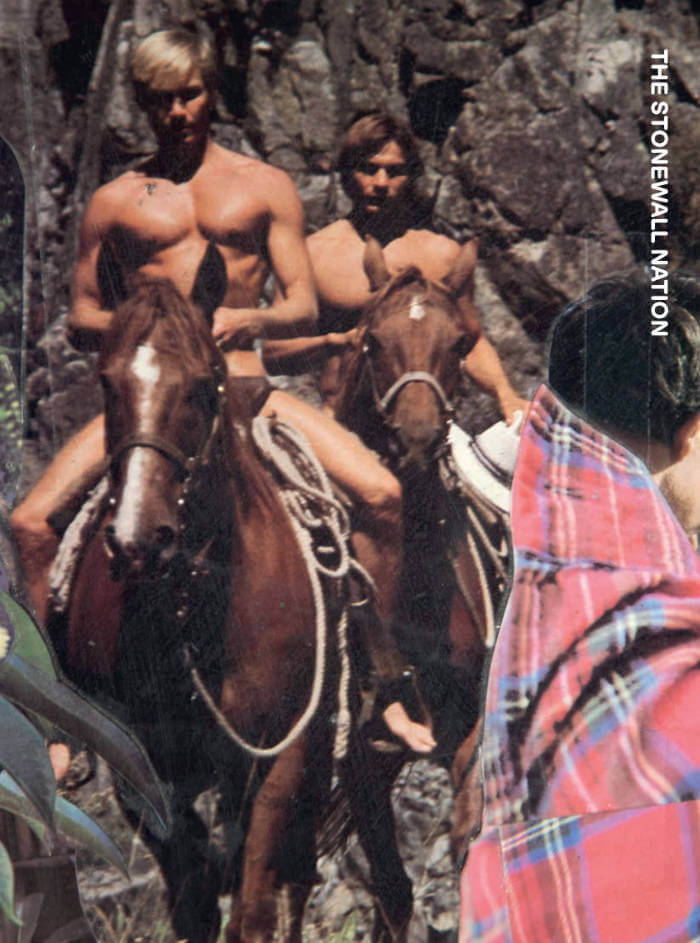
The Stonewall Nation
Edited by artist Sille Storihl, The Stonewall Nation engages the archival remains of a gay colony that a group of gay men wanted to establish in Alpine County in Northern California in the early 1970s.
The Stonewall Nation was to be a place where gay people could be free from all oppression—a city "suitable for the Gay life-style and culture." This liberation project, however, was ultimately shaped as a project of settler-colonialism: the Stonewall Nation was to be erected on Indigenous lands, the territory of the Wá∙šiw (Washoe) people. The colony was never realized, and the Stonewall Nation now lives on only in the archives.
Artist Sille Storihle first came across the story of the Stonewall Nation during a visit to the ONE National Gay & Lesbian Archives in Los Angles more than a decade ago. In 2014, they made an experimental short film about the project, which has now been extended into a publication that shares materials from Storihle's artistic process as well as the ONE Archives. Produced in connection with the Norwegian Queer Culture Year 2022, The Stonewall Nation presents archival documents, artworks and a conversation between Storihle and former ONE Archive curator David Evans Frantz, engaging and exposing marginalized histories, the "thorns" in LGBTQ history and the dirtiness of the archive.
Sille Storihle is an artist and educator based in Oslo, working primarily with moving images and printed matter. Their artistic practice encompasses a body of work in dialogue with queer archives and pasts, exploring relationships between power and performativity. From 2012 to 2020, Storihle ran the queer-feminist platform FRANK together with Liv Bugge. The platform originated as a salon, which developed into a wide range of projects in different locations with various co-curators.

Birthday
Bridget Mullen is the ruler of an unruly roost. Between 2021 and 2023, she gave birth to forty-seven paintings, each twelve-by-nine inches: kin ugly and cute, monstrous, fleshy, repulsive, droopy-eyed, and sneering as they cross the universal threshold into the no less frightening world that awaits. Birthday reunites Mullen's uncanny litter alongside a conversation between the artist and Lucas Blalock.
The paintings in New York-based artist Bridget Mullen's Birthday series utilize two distinct parameters to guide the creation of the iterative works: a vertical orientation at an intimate scale of 12 x 9 inches and a visualization of perhaps the ultimate creative act—the moment of birth. Through this consistent scale and thematic hyper focus, the artist employs endless formal variations in composition, color, and paint application. The result is a series of paintings that share a common structure yet champion individuality.
Contrasting colors provoke a visible tension, one that is at times compressed and, in other moments, elastic. Suddenly, abstract shapes come into focus as human anatomies, capable of expressing emotion. Undulating lines of various thicknesses and layered colors squeeze together, revealing peculiar faces and gestures that emerge from a central point. The repetition of thin lines creates a visual stutter of pigment, alluding to the passage of time or rapid movement.
The works in Birthday build on Mullen's practice, combining color, decisive mark-making, intuition, and experimentation to conjure psychedelic configurations. Sculptural dimensionality and flatness, representation and abstraction, and solidity and fluidity, serve not as dichotomies within these works, but as two complementary halves of a whole. Together, the forms and figures of the Birthday series are imbued with a sense of life, pregnant with agency and potential.
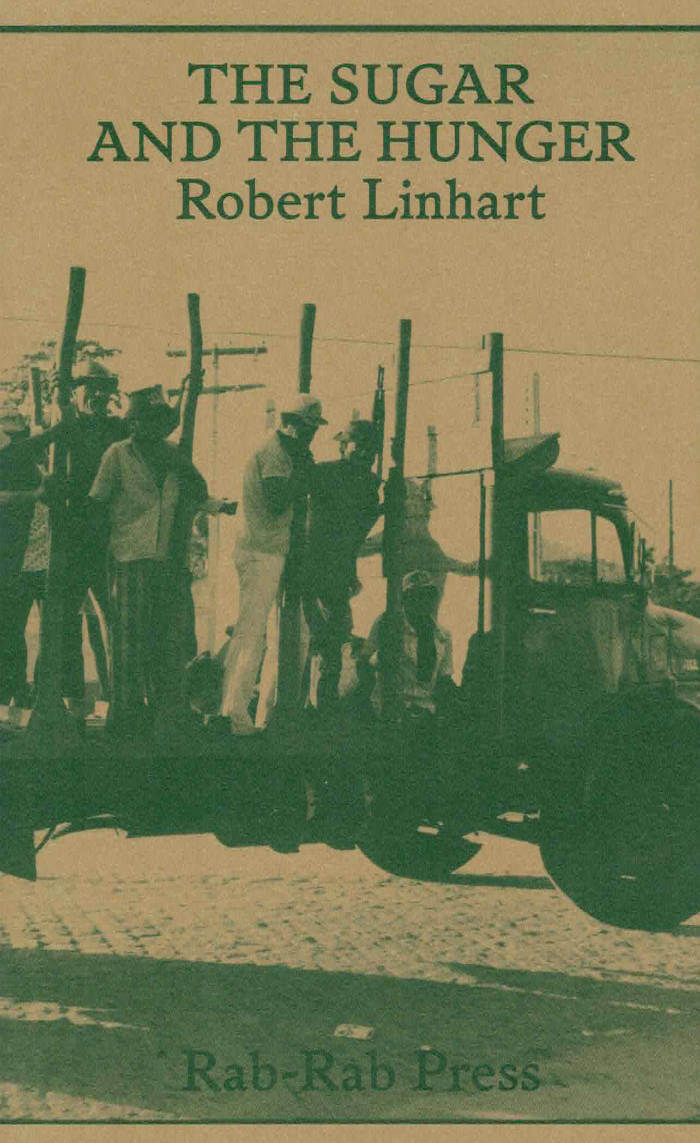
The Sugar and the Hunger
The first English language translation of Robert Linhart's The Sugar and the Hunger, originally published in 1980. Includes afterword by Luiz Renato Martins, and other materials.
Widely acclaimed for his engaged social analyses of proletariat and peasant struggles around the world, Linhart's inquiry into the sugar regions of North-Eastern Brazil, juxtaposes heterogeneous traits of the impoverished workers' stories into a vivid cinematic montage.
Alongside the translation, the book also includes 'The Third World, Investigations, Social Analysis', an unpublished interview with Linhart from 1980 made by Jean Copans, giving an insight into the political and theoretical background of his investigation in Brazil.
The afterword by Luiz Renato Martins, an active Brazilian Marxist art historian and journalist, further contextualises the importance of Linhart's book. Renato Martins who recently directed a documentary film Conversations With Robert Linhart discusses The Sugar and the Hunger against the backdrop of today's world where the practices of expropriation of land and food from peasants and urban poor, which Linhart examined in 1980 on a laboratory-like scale, have now become common global practices, endlessly producing legions of uprooted and hungry refugees.
Translated by John M Floyd and Emilio Sauri, the book includes rare photographs taken by François Manceaux in Northeastern Brazil in 1979.
Robert Linhart (born 1944 in Ixelles) is a French sociologist, philosopher and political activist, known as one of the founders of the Maoist movement in France, most famously for his 1978 autobiographic book L'Établi.

Bad Infinity – Selected Writings
The most significant critical, theoretical, and art historical texts by the artist, writer, and filmmaker Aria Dean.
Compiled here for the first time, the selected writings of Aria Dean mount a trenchant critique of representational systems. A visual artist and filmmaker, Dean has also emerged as one of the leading critical voices of her generation, through a body of writing that maps the forces of aesthetic theory, image regimes, and visibility onto questions of race and power. Dean's work across media has long been defined by what she calls a "fixation on the subject and its borders," and the texts collected here filter that inquiry through digital networks, art history, and Black radical thought. Equally at home discussing artists who embrace difficulty—from Robert Morris to David Hammons, Lorna Simpson, and Ulysses Jenkins—and conceptual frameworks such as Afropessimism, Dean often contends with how theoretical positions brush against the grain of lived reality: how the Structuralism handed down from the academy, for instance, can be co-mingled with critiques of structural racism, or how Georges Bataille's notion of base matter transforms through an encounter with Blackness.
Dean's thinking embraces a definition of "Black art that luxuriates in its outside-the-world-ness," as she writes in this volume, which works to elucidate "Blackness's proclivity for making and unmaking its own rules as it produces objects" of cultural necessity. Originally published in November as well as in Texte zur Kunst, e-flux journal, and in exhibition contexts, the essays compiled in Bad Infinity were written over a six-year span that charts our rapidly evolving forms of subjectivity and sociality.
Aria Dean (born 1993 in Los Angeles ) is an American artist, critic, writer and curator. Her writings have appeared in various art publications including November (of which she is a founding editor), Texte zur Kunst, Artforum, e-flux, The New Inquiry, Art in America, Topical Cream, Cura., Mousse, Flash Art, Spike, etc.

Gossiping is Not (Just) Bitching (English edition)
Writing and design of a publication documenting the script Gossiping is Not (Just) Bitching. The design deliberately uses different typefaces to formally identify the multiple voices woven in the performance.
21 × 14.85 cm, 16 p, laser printed
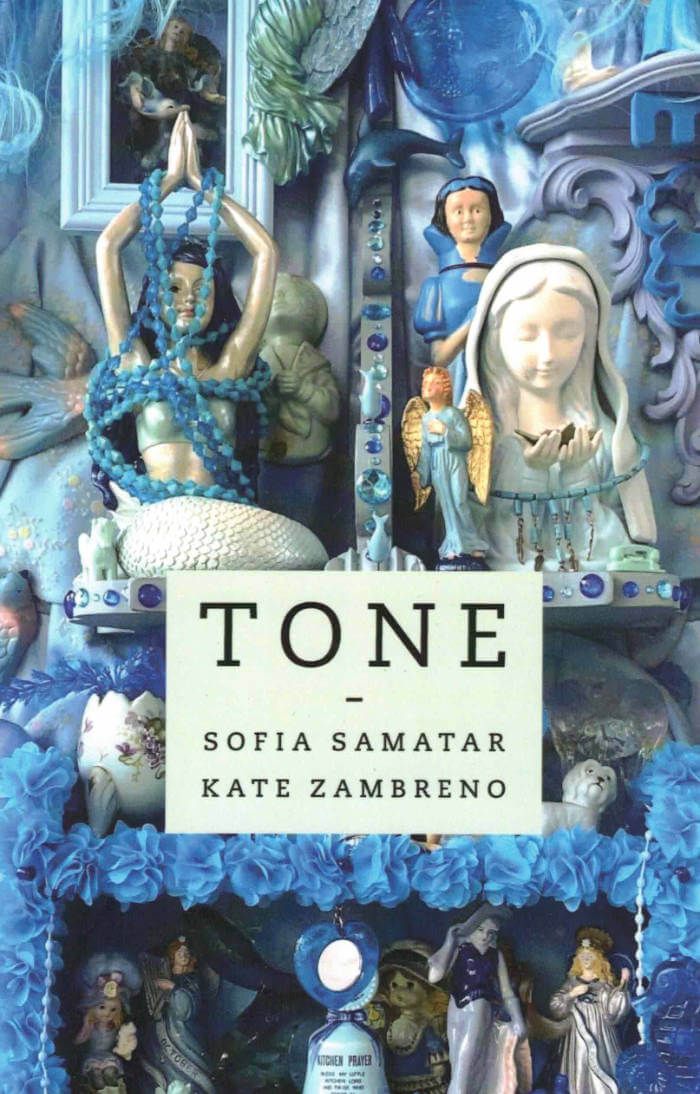
Tone
Tone is a collaborative study of literary tone, exploring its implications for community, politics, and ecology.
Both granular and global, infusing a text with feeling, tone is so difficult to pin down that responses to it often take the vague form of "I know it when I see it." In Tone, a cooperative authorial voice under the name of the Committee to Investigate Atmosphere begins from the premise that tone is relational, belonging to shared experience rather than a single author, and should be approached through a communal practice. In partnership, the Committee explores the atmospheres emanating from texts by Nella Larsen, W. G. Sebald, Heike Geissler, Hiroko Oyamada, Mieko Kanai, Bhanu Kapil, Franz Kafka, Renee Gladman, and others, attending to the chafing of political irritation, the hunger of precarious and temporary work, and the lonely delights of urban and suburban walks.
This study treats a variety of questions: How is tone filtered through translation? Can a text hold the feelings that pass between humans and animals? What can attention to literary tone reveal about shared spaces such as factories, universities, and streets and the clashes and connections that happen there? Searching and conversational, Tone seeks immersion in literary affect to convey the experience of reading-and living-together.
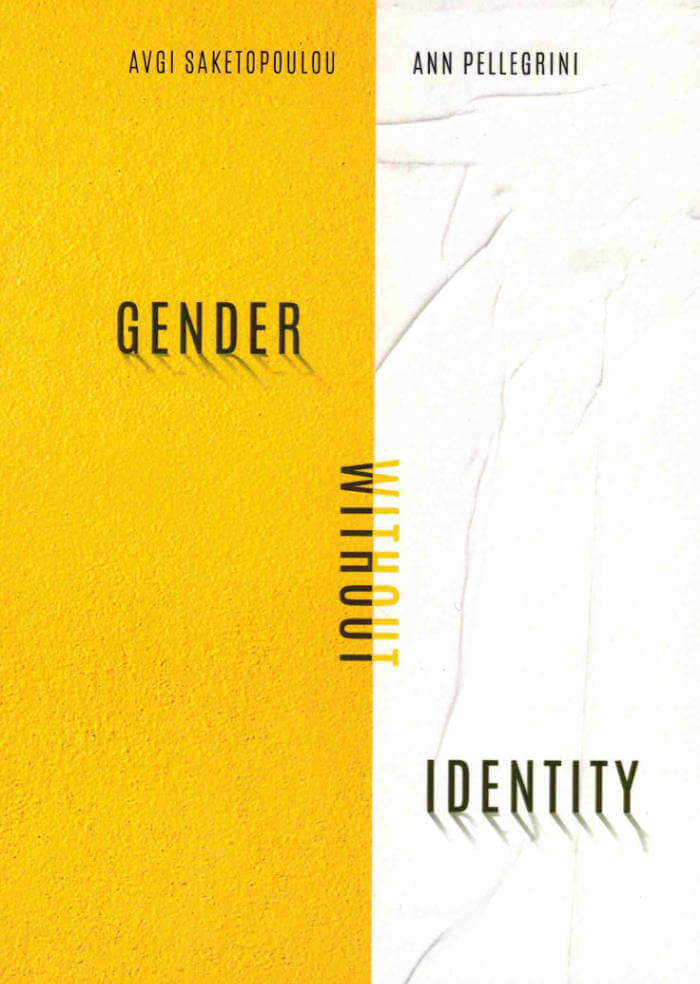
Gender Without Identity
Avgi Saketopoulou, Ann Pellegrini
Gender Without Identity offers an innovative and at times unsettling theory of gender formation. Rooted in the metapsychology of Jean Laplanche and in conversation with bold work in queer and trans studies, Avgi Saketopoulou and Ann Pellegrini jettison "core gender identity" to propose, instead, that gender is something all subjects acquire — and that trauma sometimes has a share in that acquisition. Conceptualizing trauma alongside diverse genders and sexualities is thus not about invalidating transness and queerness, but about illuminating their textures to enable their flourishing.
Written for readers both in and outside psychoanalysis, Gender Without Identity argues for the ethical urgency of recognizing that wounding experiences and traumatic legacies may be spun into gender. Such "spinning" involves self-theorizations that do not proceed from a centered self, but are nevertheless critical to psychic autonomy. Saketopoulou and Pellegrini draw on these ideas to offer clinical resources for working with gender complexity and for complexifying (what is seen as) gender normativity.
Avgi Saketopoulou is a psychoanalyst in private practice in NYC, and a member of the faculty at New York University's Postdoctoral Program in Psychotherapy and Psychoanalysis. She is the author of Sexuality Beyond Consent: Risk, Race, Traumatophilia from the Sexual Cultures Series, NYU Press.
Ann Pellegrini is Professor of Performance Studies & Social and Cultural Analysis at New York University, and a practicing psychoanalyst. Their books include Performance Anxieties: Staging Psychoanalysis, Staging Race and Love the Sin: Sexual Regulation and the Limits of Religious Tolerance (coauthored with Janet R. Jakobsen).

Chantal Akerman: Afterlives
Focusing on Akerman's works of the last two decades, a period during which she diversified her creative practice, this collection traces her artistic trajectory across different media.
From her documentaries 'bordering on fiction' to her final installation, NOW, the volume elucidates the thematic and aesthetic concerns of the later works, placing particular emphasis on self-portraiture, the exploration of intimacy, and the treatment of trauma, memory and exile. It also attends to the aural and visual textures that underpin her art. Drawing on a wide range of theoretical approaches as well as engaging more creatively with Akerman's work, the essays provide a new optic for understanding this deeply personal, prescient oeuvre.

Oral History of Exhibitions
Of course there is the practice of art by the artist, but an exhibition is even more so an engagement between people, places, institutions, projections, desires, coincidences, memories, and temporalities. In this monograph, artist Megan Francis Sullivan chooses the format of oral history, engaging various akteurs of the field to produce a web of language reflecting a shape of time.
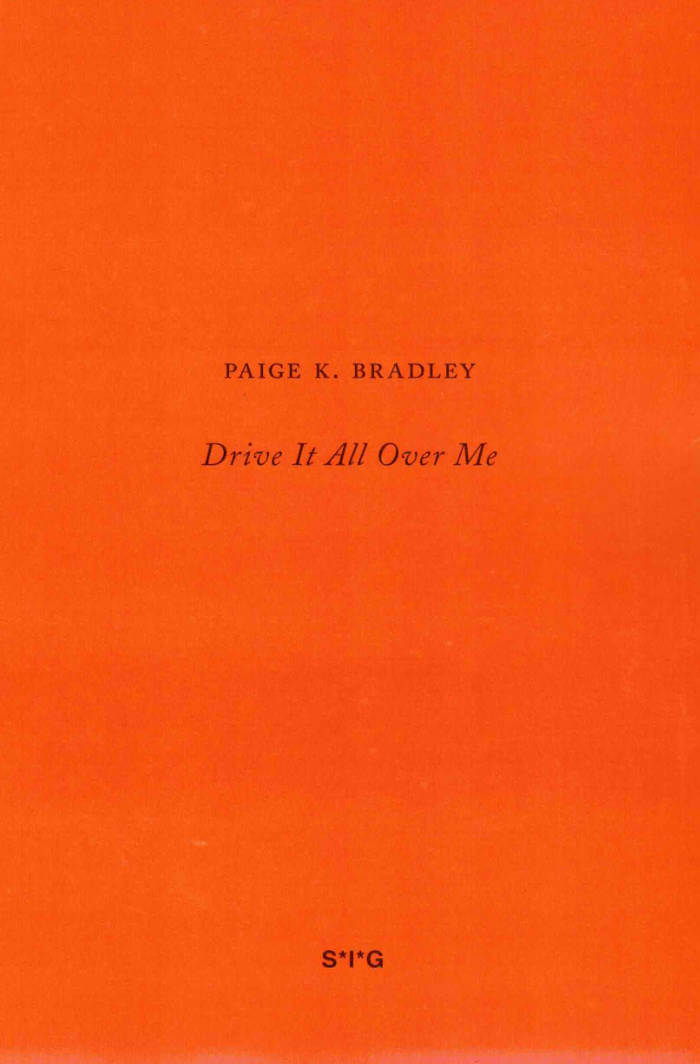
Drive It All Over Me
Paige Bradley’s Drive It All Over Me was commissioned by the artists Jay Chung and Q Takeki Maeda and concerns their work Bad Driver, 2023, Jack Goldstein’s Selected Writings, and Vanessa Place’s Gone with the Wind and concerns broad themes of subtextual narrative, authorship, and identity in text-based visual artworks while also touching upon allegory, elaborately subtle jokes, and writing as a sculptural material.

From Work to Frame, or, Is There Life After "The Death of the Author"?
"From Work to Frame" was first published in English and Swedish in 1987 in a catalog of the Moderna Museet in Stockholm for the exhibition "Implosion: A Postmodern Perspective" (October 24, 1987 to January 10, 1988).
As S*I*G #12, the text is published in English and in its first German translation, alongside a preface by Hannes Loichinger, who is editor of this issue.
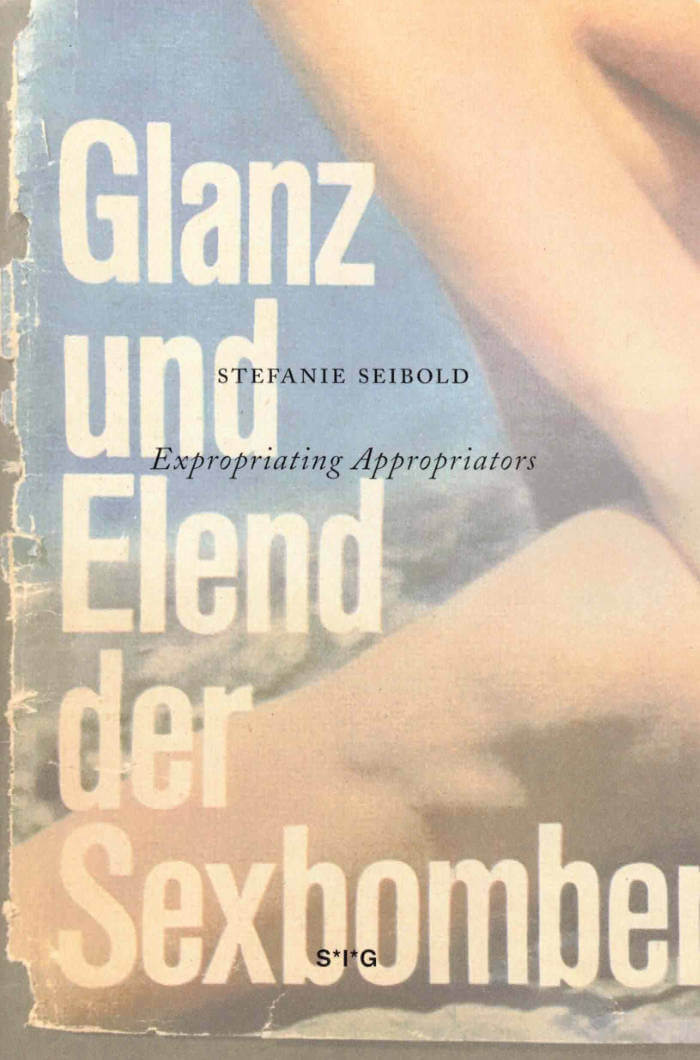
Expropriating Appropriators
An excerpt of images collected over 20 years from popular fashion magazines offers expression to the artist's queer and feminist desires.

Family Picture
An essay in the form of painting studies - including persons, dogs, a frog, a hoofed animal, fish, hare, trees and plants.

Letters from NYC
A diptych of transcribed letters, extracted from two films taking place in 1970s New York, made by Jacques Scandelari and Chantal Akerman.
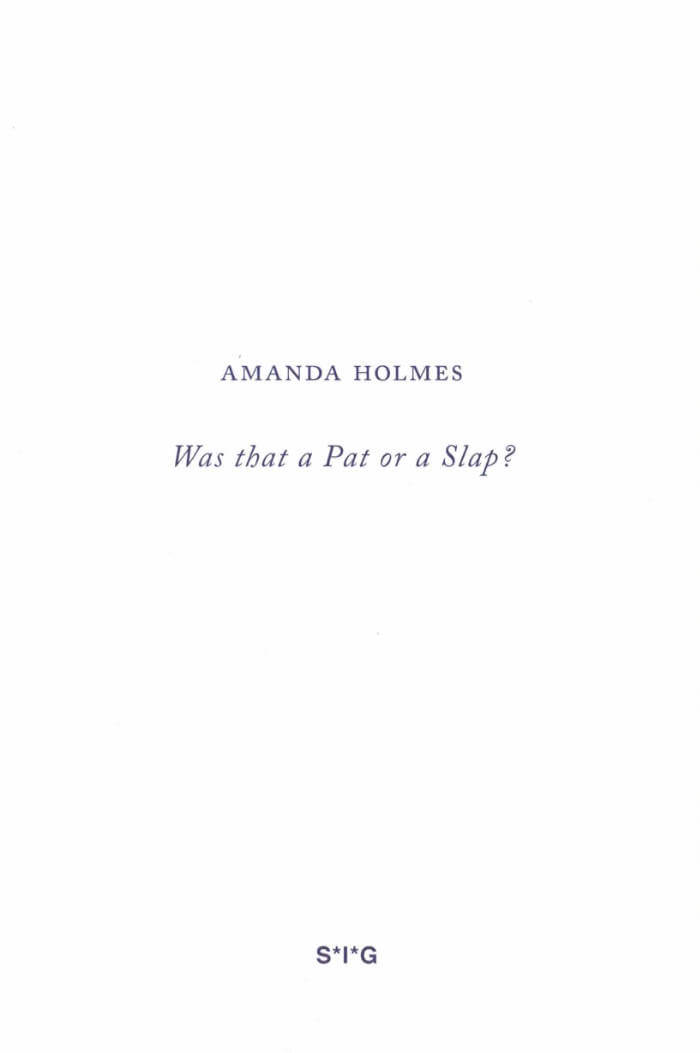
Was that a Pat or a Slap?
Lacan's Critique of Understanding and the Problem of Meaning.


A Nice Well-Behaved Fucked-Up Person
In a single seventeen-page paragraph, Jill Johnston describes an odyssey in and out of a not-yet-described identity in this excerpt from her 1973 bestseller, "Lesbian Nation".

Irrational Man
In this premiere essay, meditations on writing form a mini-antologica. The work of Piera Aulagnier is linked to that of Sade. A focus is cast on the artist Filippo de Pisis. Designed in collaboration with Sara De Bondt. Edited by Megan Francis Sullivan.

Lavskrift
Lavskrift is an edition written using signs collected from script lichen (graphis scripta). The species grows in shady deciduous forest and has small, black structures that resemble writing characters.
In the book Stahle explores asemic writing: writing where the signs have no reference to a known sound or meaning.
Edition: 300 numbered copies
Printed in Sweden by ByWind
Letterpress printed cover
Open spine binding with black thread

Meriem Bennani: Life on the Caps
Meriem Bennani's Life on the CAPS is the final chapter in her film trilogy of the same name. Set in a supernatural, dystopian future surrounding a fictional island in the middle of the Atlantic Ocean, it is rooted in Bennani’s research and reflections on the histories of island societies, biotechnology, and vernacular music. Layering live-action footage and computer-generated animation, Bennani intuitively adapts editing techniques that evoke documentary film, science fiction, phone footage, music videos, and reality TV. Her one-person exhibition at the Renaissance Society marked the debut of this personal, electric yet melancholic consideration of what it is to live in a state of limbo, and this accompanying book captures the film through a combination of still images and selections from a transcript of the film.
This volume includes essays by Emily LaBarge and Elvia Wilk and transcripts of conversations between Meriem Bennani and: Omar Berrada; Fatima Al Quadiri, Negar Azimi, and Tiffany Malakooti; Amal Benzekri; and Aziz Bouyabrine.

CCA Wattis Institute for Contemporary Arts
Cecilia Vicuña: Word Weapons
This book brings together the Palabrarmas series by the artist, poet, and activist Cecilia Vicuña (b. 1948, Santiago, Chile). A neologism that translates to “word weapons” or “word arms,” Palabrarmas imagine new ways of seeing language. By taking the form of collages, silkscreens, drawings, poems, fabric banners, cut-outs, mixed media installations, and street actions, Vicuña brings together many aspects of her practice in poetry, activism, and visual art, allowing new meanings to emerge. This book presents a range of palabrarmas, created over the past four decades, in color for the first time.
Cecilia Vicuña is an artist, poet and activist currently based between New York and Santiago.
